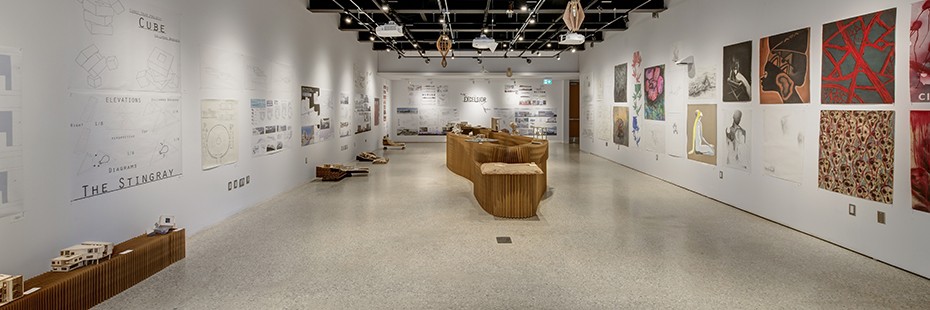Total course equivalents: Forty
All students are required to complete the requirements of the Bachelor of Education degree program, in addition to the following Bachelor of Music course requirements:
(a) History and Literature (Musicology/Ethnomusicology): three courses, consisting of MUSC-1260, MUSC-1270 and one of MUSC-3460 MUSC-2270, MUSC-3260, MUSC-3270, MUSC-3170, MUSC-3460, MUSC-4260, MUSC-4270, MUSC-4370, MUSC-4470, MUSC-2490.
(b) Theory and Composition: six courses, consisting of MUSC-1120, MUSC-1130, MUSC-2120, MUSC-2130; and the 1.50 credit hour courses MUSC-2220, MUSC-2230, MUSC-3220, and MUSC-3230.
(c) Performance Studies: eight courses, consisting of one course from the series MUSP-3470 to MUSP-3690, or MUSP-3710 (taken eight times).
(d) Ensembles: four courses, consisting of eight 1.50 credit hour courses (one in each of eight terms) of MUSP-2100, MUSP-2200, or MUSP-3100. Up to 7.5 Units of this requirement may be completed with the MUSP-2400 course.
(e) Methods and Pedagogy: five courses, consisting of MUSC-2390, MUSC-2480, MUSC-2550, MUSC-2690, and MUSC-2790.
(f) Music Education: four courses, consisting of MUSC-2850, MUSC-4840, MUSC-4850 and MUSC-4940.
(g) two additional courses in History and Literature (Musicology) or Theory and Composition, or one course in the above areas plus two 1.50 courses in Ensembles.
(h) GART-1500, GART-1510;
(i) six courses from any area of study, excluding Music and Music Therapy, that are required for the student’s second teachable. Options for Concurrent Music Education (Vocal or Instrumental) second teachable: English, French (ten courses required for second teachable, requiring 6 years of study), Mathematics, Social Sciences – General, History.
Courses used to calculate the major average are: courses listed under requirements (a) to (g), and any courses taken in the major area(s) of study.
BACHELOR OF EDUCATION
Total course equivalents: Twenty
All students are required to complete the requirements of the Bachelor of Music-Music Education (Honours) degree program, in addition to the following Education courses: EDUC-5201 (1.5), EDUC-5202 (1.5), EDUC-5203 (3.0), EDUC-5204 (3.0), EDUC-5206 (1.5), EDUC-5207 (3.0), EDUC-5208 (1.5), EDUC-5209 (1.5), EDUC-5210 (1.5), EDUC-5231 (1.5), EDUC-5331 (1.5), EDUC-5332 (3.0) EDUC-5333 (1.5), EDUC-5334 (1.5), EDUC-5335 (1.5), EDUC-5336 (1.5), EDUC-5337 (1.5), EDUC-5338 (1.5), EDUC-5339 (1.5), EDUC-5431 (1.5), EDUC-5367 or EDUC-5368, (6.0) plus one additional teachable course selected from EDUC-5352 (6.0), EDUC-5356 (6.0), EDUC-5362 (6.0), , EDUC-5358 (6.0), EDUC-5366 (6.0); EDUC-5377 (6.0); EDUC-5379 (6.0) and, EDUC-5499 (12.0) Students planning on teaching in the Roman Catholic School Board must also take EDUC-5200 (1.5).

